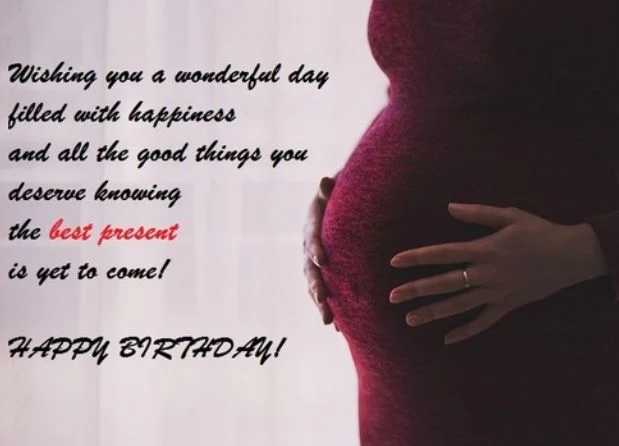Your cart is currently empty!
The Hidden Fury: A Scary Symptom of Postpartum Depression
What terrified me the most was the rage. I anticipated feelings of sadness, heaviness, and irritability, which I certainly experienced. But rage? That was a whole different beast I never saw coming with postpartum depression (PPD). It was this overwhelming anger that pushed me to seek help.
About five weeks after my second daughter, Lily, entered the world, my husband noticed I was struggling. To lift my spirits, he surprised me with a half-day at a nearby spa. I was ecstatic. A manicure, facial, massage, and a few hours without a baby or toddler clinging to me? Blissful!
However, upon returning home, I immediately heard Lily crying from the basement. My relaxed state evaporated in an instant. My husband informed me that Lily hadn’t eaten while I was gone. She had taken a bit of milk from a bottle but refused it afterward.
And she never took a bottle again.
From that moment, a surge of rage began to bubble within me. I felt suffocated by my colicky baby, who wouldn’t sleep and refused to take a bottle. My toddler, Mia, was having constant meltdowns, and I started doubting my choice to leave my full-time writing position for a few freelance gigs.
Every day was a whirlwind of feeling overwhelmed, sad, anxious, and yes, angry.
One fateful evening, Mia had a tantrum, and I completely lost it. Words I couldn’t control spilled out of my mouth. I wanted to shake her to make her stop (thankfully, I didn’t). All I wanted was to escape the chaos.
The rage that erupted from me was surreal. Fortunately, my husband was there to intervene. I felt physically ill just thinking about my reaction and how terrible things could have turned out. It was one of the most frightening experiences of my life.
The next day, I called both my primary care doctor and OB. They collaborated to get me started on Zoloft and into therapy without delay. Almost immediately, I felt a shift. The sadness, disinterest, and anxiety began to lift, but the rage? That took more effort to tame. While the Zoloft helped, it was the therapy that truly made a difference.
Flash forward four years, and I’m still managing my depression. The PPD improved, but morphed into a different type of depression after the sudden loss of my dad. Whatever it is now, I’m still navigating its complexities.
And yes, the rage remains. It’s the hardest aspect to control and, in my experience, the least discussed symptom of depression. That’s why I’m sharing my story. I want all you mothers out there to understand that if you’re grappling with postpartum depression, or depression of any kind, especially the accompanying rage, you are not alone. You are not a bad mom. Help is available, and things will improve — if you seek it.
Being a mom often means facing tough challenges. Sometimes, the hardest part is making that initial call for help, which I found incredibly daunting.
Now, I realize that depression can affect anyone. Those scary feelings don’t define me as a mother. With medication, therapy, and healthier lifestyle choices, I’m gradually rediscovering myself.
Yes, I’m still fighting the sadness and rage, but now I feel like I’m finally making progress. If you suspect you might be experiencing PPD, or if you need extra support, check out this resource.
For more information on home insemination or other pregnancy resources, visit this site and this blog for excellent insights.
Summary
The author shares her unexpected experience with rage as a symptom of postpartum depression, emphasizing the importance of seeking help. She recounts her journey from overwhelming emotions to finding solace through therapy and medication, encouraging other moms to reach out for support.
